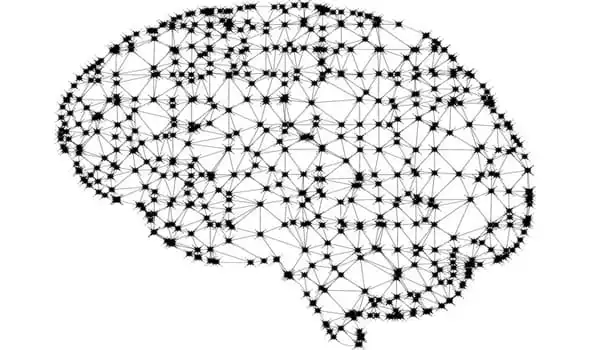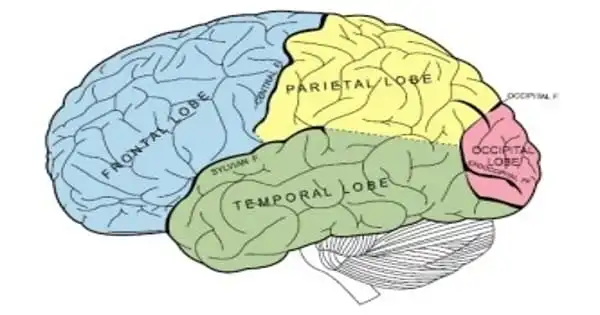According to the current bio-psycho-social model of mother-infant connections, early interactions create the foundation of the developing infant’s perspective of himself and the world. Nonverbal communication patterns promote the infant’s socio-emotional growth, cognitive capacity, and the establishment of optimum regulation patterns prior to the formation of linguistically-based communication. Preterm delivery impairs normal neurobiological and socio-emotional maturational processes, particularly those that build on early interpersonal encounters with caregivers, and drastically modifies the regular developmental trajectory on numerous levels.
Human vocal sounds, such as laughing, sobbing, and baby babbling, share the same rhythmic quality as those emitted by numerous mammals, songbirds, and even some fish. A small cluster of neurons in the brain stem not only governs tempo but also integrates vocalization with breathing, according to researchers at UC San Francisco.
“Just to laugh or shout requires the body to coordinate around 100 different muscles in a rhythmic pattern within a single breath,” said Kevin Yackle, MD, PhD, Sandler Faculty Fellow and senior author of the study published online in Neuron. “We uncovered the neurons that, when activated, provide us with this unconsciously acquired skill.”
Just to laugh or shout requires the body to coordinate around 100 different muscles in a rhythmic pattern within a single breath. We uncovered the neurons that, when activated, provide us with this unconsciously acquired skill.
Kevin Yackle
Many animals, including humans, have natural control over their breathing; you don’t have to utilize your brain to do it. Yackle and his colleagues hypothesized that intrinsic vocalizations were subject to the same control.
Yackle and his colleagues analyzed the sounds emitted by baby mice when they were away from their mothers to corroborate the existence of this brain circuit. The babies’ cries had a distinct pattern that corresponded to certain muscle actions. The researchers next established which brain stem cells were responsible for this rhythm, which turned out to be a previously unknown circuit that appears to control the breath and coordinate the muscles required to make vocal sounds.
Identifying this system will enable scientists to ask new questions about how we speak and why some people have trouble doing it.

A New Perspective on Speech Pathologies
“It’s possible that when we learn to speak, we’re learning to either bypass or govern this system,” Yackle speculated. “Changes in wiring in this pattern-generating circuitry could result in speech disorders.”
Yackle and his colleagues are fascinated by studies indicating that children with autism create distinct types of noises than typical children early in life. Some autistic children are unable to talk or have difficulties producing and interpreting the tones and rhythms of speech.
Yackle and his colleagues are fascinated by studies indicating that children with autism create distinct types of noises than typical children early in life. Some autistic children are unable to talk or have difficulties producing and interpreting the tones and rhythms of speech.
According to Yackle, such speech abnormalities are frequently regarded as an incapacity to learn how to speak. He is turning that viewpoint on its head, questioning whether the speech problems are more about the brain circuit that controls speech than about learning.
“A youngster may hear and acquire language, but if the system that permits them to vocalize is different in some manner, they may not be able to coordinate the breath and movements to generate the sounds,” he explained. “If we understand how that system differs, it may impact how we educate some people to talk.”
Humans have been engaging in rhythmic activities such as drumming, dancing, and singing for thousands of years. Due to the strong sensorimotor link, rhythm can be a powerful medium for stimulating communication and social interactions. For example, the simple presence of an underlying beat or pulse can cause spontaneous motor responses such as hand clapping, foot stepping, and rhythmic vocalizations. Examining the link between rhythm and speech is critical not only to our knowledge of the origins of human communication, but also to the treatment of neurological illnesses.
















